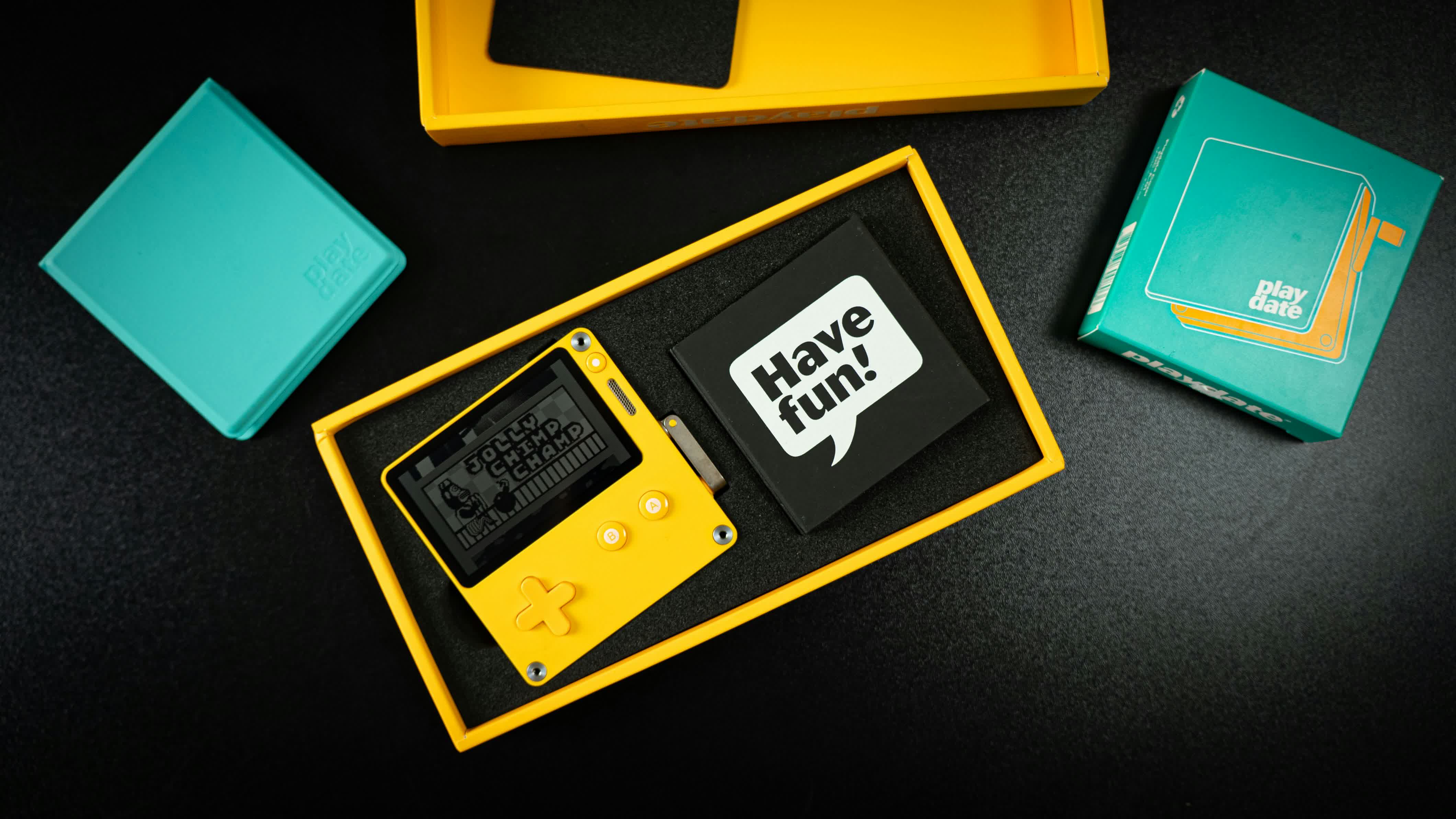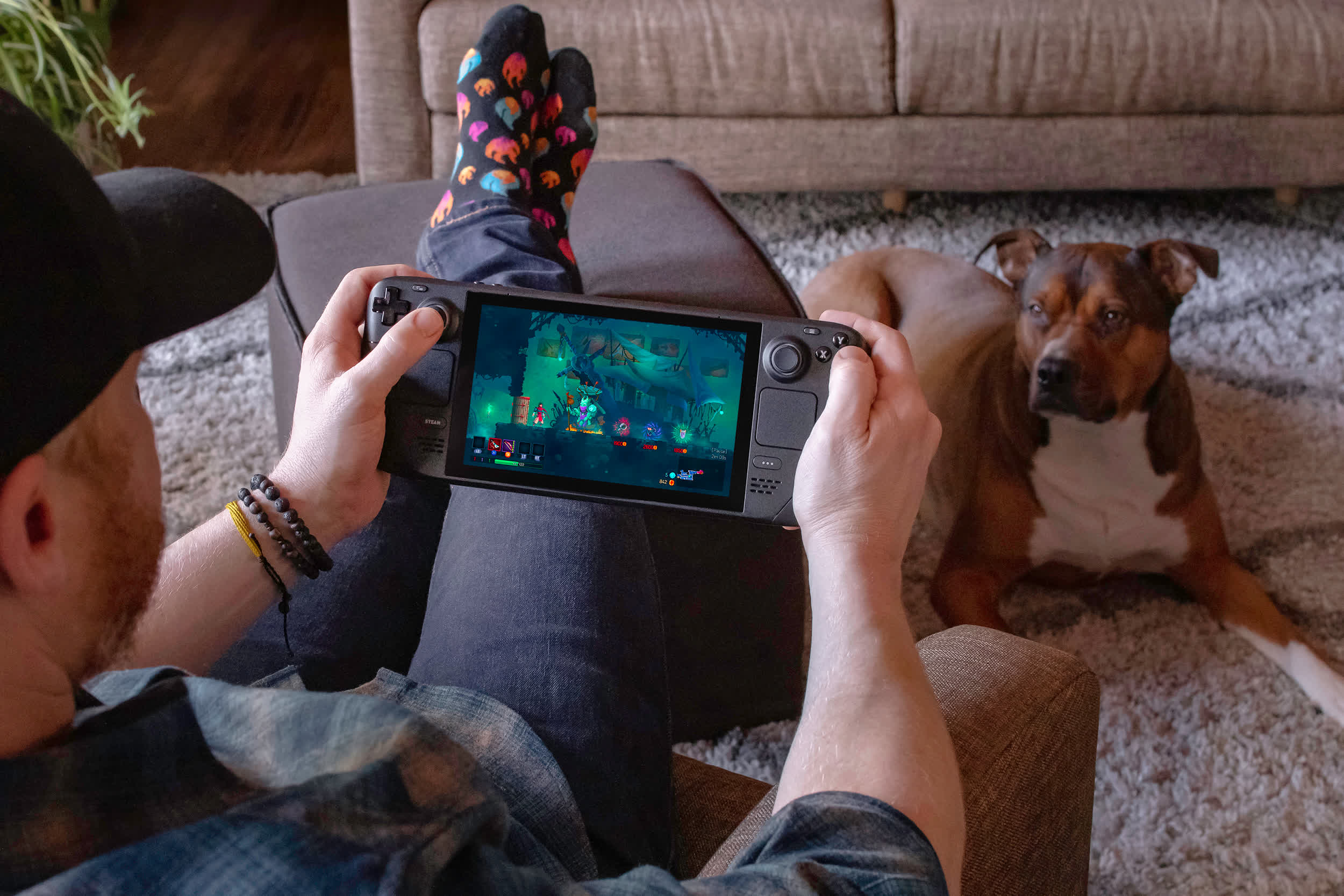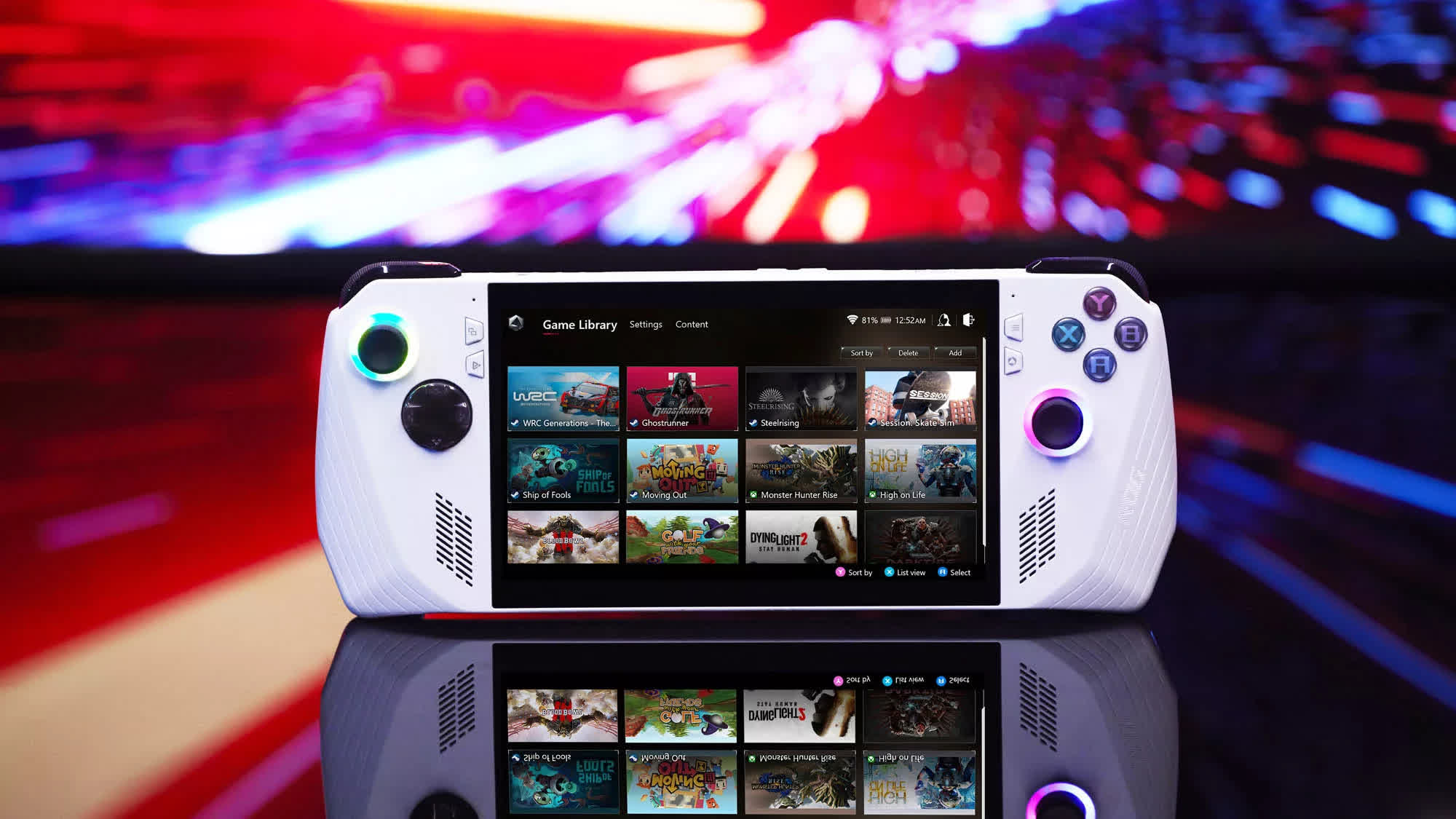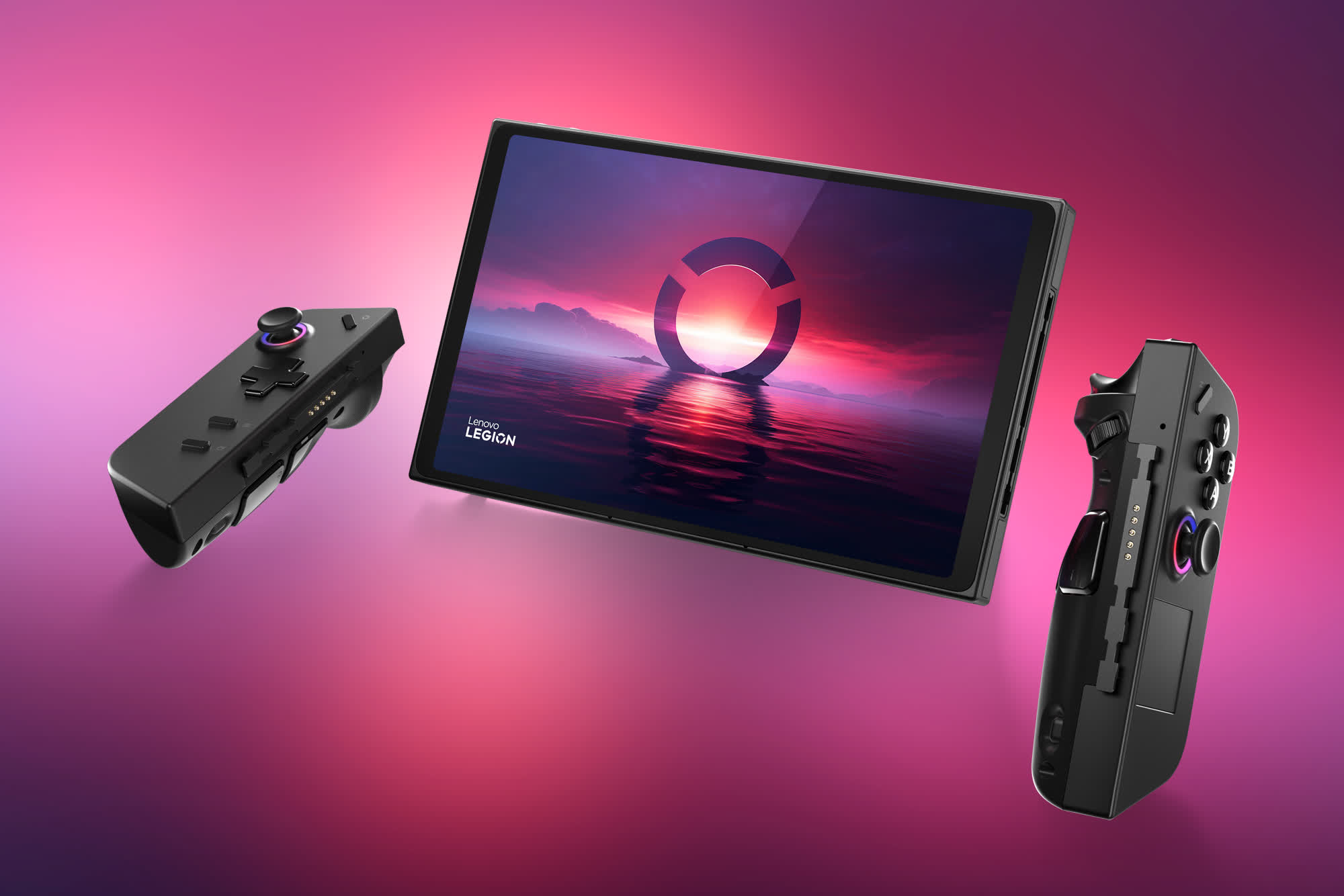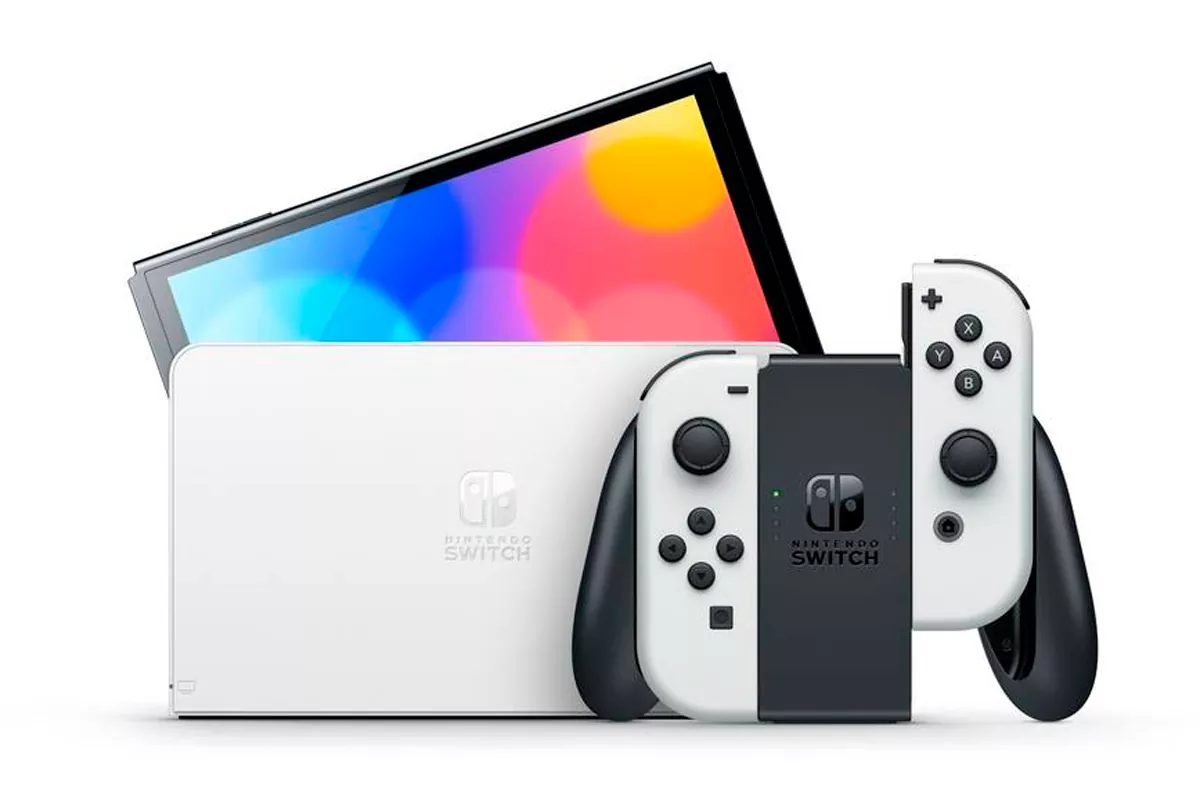Out of the 12 best-selling gaming consoles of all time, 5 are handheld systems, and that's not including the Nintendo Switch. These devices offered much more than portable gaming. For instance, the Game Boy enabled convenient local multiplayer without the need for Wi-Fi or Bluetooth, the Nintendo DS introduced a touchscreen, and the PlayStation Portable doubled as a mobile video player, all before the advent of the iPhone.
But a decade ago, it seemed that handheld consoles were on the brink of extinction. With everyone owning a large-screen phone, the question arose: why not use it for gaming?
Over the past decade, performance stagnation at the lower end of the market, coupled with concerns over cooling and battery life, pushed the mobile market toward simpler games, often relying on ads and pay-to-win mechanics. More critically, while a touchscreen could substitute a basic mouse, it struggled to replace multi-button controllers.
In recent years, handhelds have made a comeback. Some serve as excellent alternatives to gaming laptops, while others aim to recreate the experience of classic handheld devices. There are also systems that offer exclusive games not available on any other platform. No matter what type of console you're looking for, this guide will show you the best options available.
Best Handheld PC
Steam Deck OLED + Windows Alternatives

The Steam Deck may not match all the capabilities of its competitors, but everything it does, it does well. The Linux-based SteamOS works flawlessly with the device, which features two trackpads under the two analog sticks.
The 7.4" 800p OLED touchscreen model is not only nicer but also faster than the standard 7" LCD model, with a refresh rate of 90Hz versus 60Hz. The custom AMD processor powering the Deck includes four Zen 2 cores and eight RDNA 2 graphics units, it's about the same in both the LCD and OLED models, but on the latter it benefits from a newer manufacturing process that allows it to run at higher speeds for longer periods. It is also paired with faster memory.
The Steam Deck OLED ($549) is available with either a 512GB or 1TB replaceable 2230 M.2 drive, whereas the LCD model only offers 256GB, but starts at just $349 these days. Additionally, it boasts a larger battery and improved cooling.
The obvious drawback to the Deck is having access to only one game store out of the box. Another problem is that many online games rely on anti-cheat software that don't support Linux.
Worthy Windows Alternatives: Asus ROG Ally and Lenovo Legion Go
If you want to play the latest AAA games, or just prefer a console that runs Windows, your best two options are the Asus ROG Ally ($670) and the Lenovo Legion Go ($630). Both consoles are powered by AMD's Ryzen Z1 Extreme chip, featuring eight Zen 4 cores and twelve RDNA 3 graphics units. That's much more power than the Steam Deck offers, but utilizing it requires high power settings that drain the battery faster.
The Ally also offers a cheaper version with the non-Extreme Z1 processor, featuring six Zen 4 cores and just four RDNA 3 units. Graphics aren't usually the AMD chip's bottleneck, so you don't stand to lose two thirds of the performance, but losing a third is to be expected.
The Legion includes more features than the Ally, but also has more trouble with the basics. It has a 1440p display rather than 1080p, with a 144Hz refresh rate vs. 120Hz, but these numbers will need to be lowered when playing heavier games to improve performance or save battery. The Legion has an 8.8" LCD display as opposed to the Ally's 7", but that will make it look less sharp at the same resolution. Its controllers are detachable, and one of them can turn into a mouse with an included stand, which is good because it's 25% heavier than the Ally and more comfortable to use on a desk with the attached kickstand.
All Windows consoles at the moment have two problems. One is that Windows 11 wasn't designed for use on small touchscreens, at least not without a stylus. The other is inconsistent performance. Even when enjoying higher average frame rates than the Steam Deck, some games will show frequent stutters. Whether the problem is with Microsoft or the console makers (except for Valve), handheld consoles are a niche category for them, and may not be prioritized.
Smaller brands like Ayaneo, OneXPlayer and GPD try to save themselves the work of releasing their own drivers by using standard laptop CPUs such as the Ryzen 7 7840U, upon which the Z1 Extreme is based. The problem is that such chips aren't optimized for use in low-power devices like these, and quickly drain the battery even when playing the lightest games. The MSI Claw manages to do even worse with less efficient Intel CPUs.
Best for Exclusive Games, Casual and non-PC Gamers
Nintendo Switch OLED and Switch Lite

A vacation is a great time to try new hobbies, rather than play the same PC games all day. With the Nintendo Switch, you can play the best games that don't have a PC version. Super Mario and The Legend of Zelda are widely considered two of the greatest series of all time, and of course, if you want to play the main Pokémon series, this is the place for you.
For handheld use alone, the best value can be had with the Switch Lite ($195). It offers a newer CPU, a smaller 5.5" touchscreen and the same 720p resolution as the original, but the Lite features longer battery life.
If you are willing to pay more for the best handheld experience, you should check out the 7" Switch OLED, which costs just $50 more ($349) than the standard model. The original 6.2" Switch offers the worst value of all three, so feel free to ignore that in favor of the OLED which comes with 64GB of storage rather than 32GB, and a more durable metal body.
Of course, the OLED version includes all of the features removed from the Lite: the controllers are detachable and can either be used like the legendary Wii Remote, or attached to a grip to create an Xbox-like controller. The console itself can connect to a TV with the included dock for better graphics performance and up to 1080p output.
A Worthy Pocketable Mention
Panic Playdate
If you're looking for a console that fits in your pocket, the Panic Playdate is an interesting option, weighing just 86g – about the same as a PC mouse. The console features two action buttons, a D-pad, and a crank. Thankfully, the crank's handle can be tucked into the device when not in use, although a scroll wheel might have been a better choice.
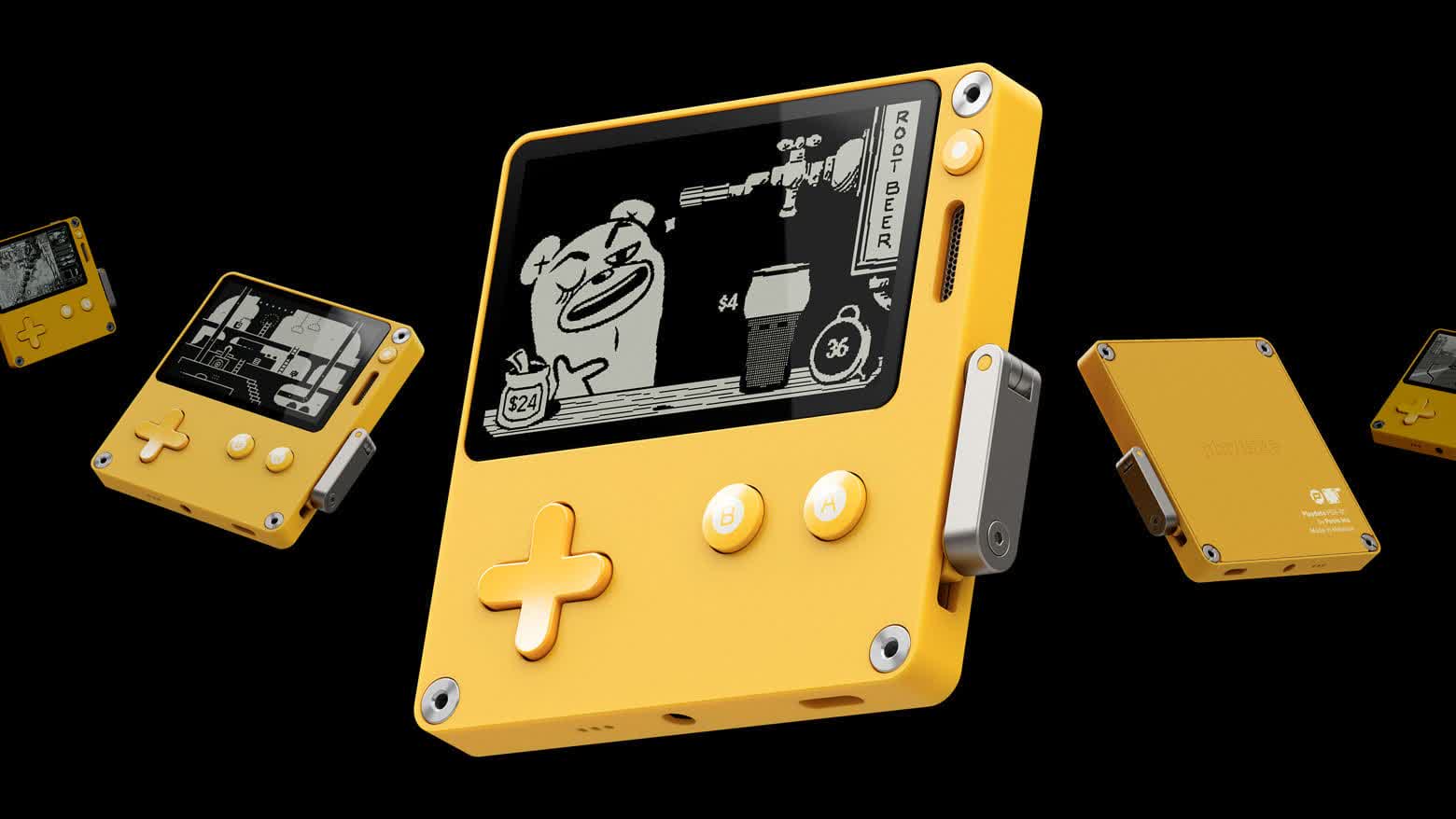
Panic may have gone too far in prioritizing battery life. While a 240p resolution is acceptable for a 2.7" display, the black-and-white Sharp Memory LCD panel is expensive, and doesn't allow for backlight.
The $200 price might sound steep, but that includes 24 games that you'll get over 12 weeks once you activate the console. You can buy more games from the Playdate Catalog. One could argue that this console offers games of the type you could run on your phone without worrying about the battery, but at least it doesn't have a notch.
With improvements like a scroll wheel, a 1-bit OLED screen (similar to the one in the TinyCircuits Thumby, which we could only recommend for the smallest of primates), and local multiplayer capabilities, a hypothetical "Playdate Two" could potentially be a hit.
Best Retro Handheld
Blaze Super Pocket and Analogue Pocket

If you miss the games of the last century as much as you miss the traditional handheld form factor, the Blaze Super Pocket may be the ultimate solution for you. It looks like a Game Boy, but has more buttons on the front and back to accommodate games from more platforms. Old 2D games don't benefit from a high resolution, but on the 2.8" display they still look sharp at 240p.
For $60, the Blaze Super Pocket comes preloaded with either 12 Capcom games (including Street Fighter II and Mega Man) or 18 Taito games (including Space Invaders and Bubble Bobble).
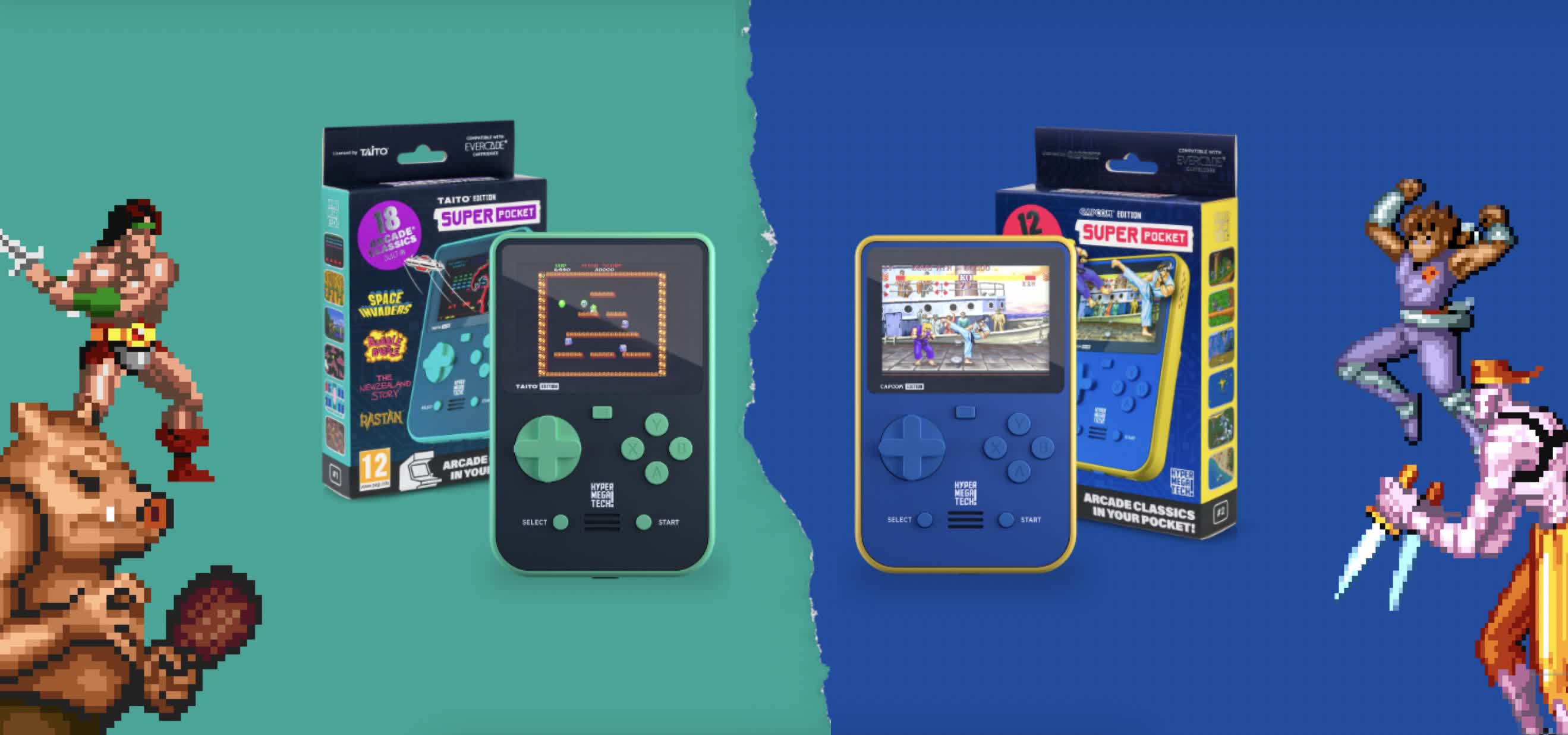
The only way to add more games is physical cartridges, with collections of games released for many old consoles, as well as arcade machines and home computers. That can give you a stronger sense of ownership over your games, but it also means you can't buy individual games and may need to pay (and wait) for shipping. Most cartridges assemble games by platform or developer, and only a few by series.
If you want to play early 3D games, you may want to wait for the Blaze Evercade EXP-R, expected for release on July 2024 with a 4.3" display, a 480p resolution, and a cartridge containing the first three Tomb Raider games for $100.
Analogue Pocket
If you had a Game Boy in the 1990s, you probably thought its successor would look like the Analogue Pocket: the backlit 3.5" display has 100 times the resolution of the Game Boy at 1600 x 1440, making 3D games look amazing.
The Analogue Pocket is compatible with original cartridges for the Game Boy and Game Boy Advance, and with a $30 adapter, the Sega Game Gear.
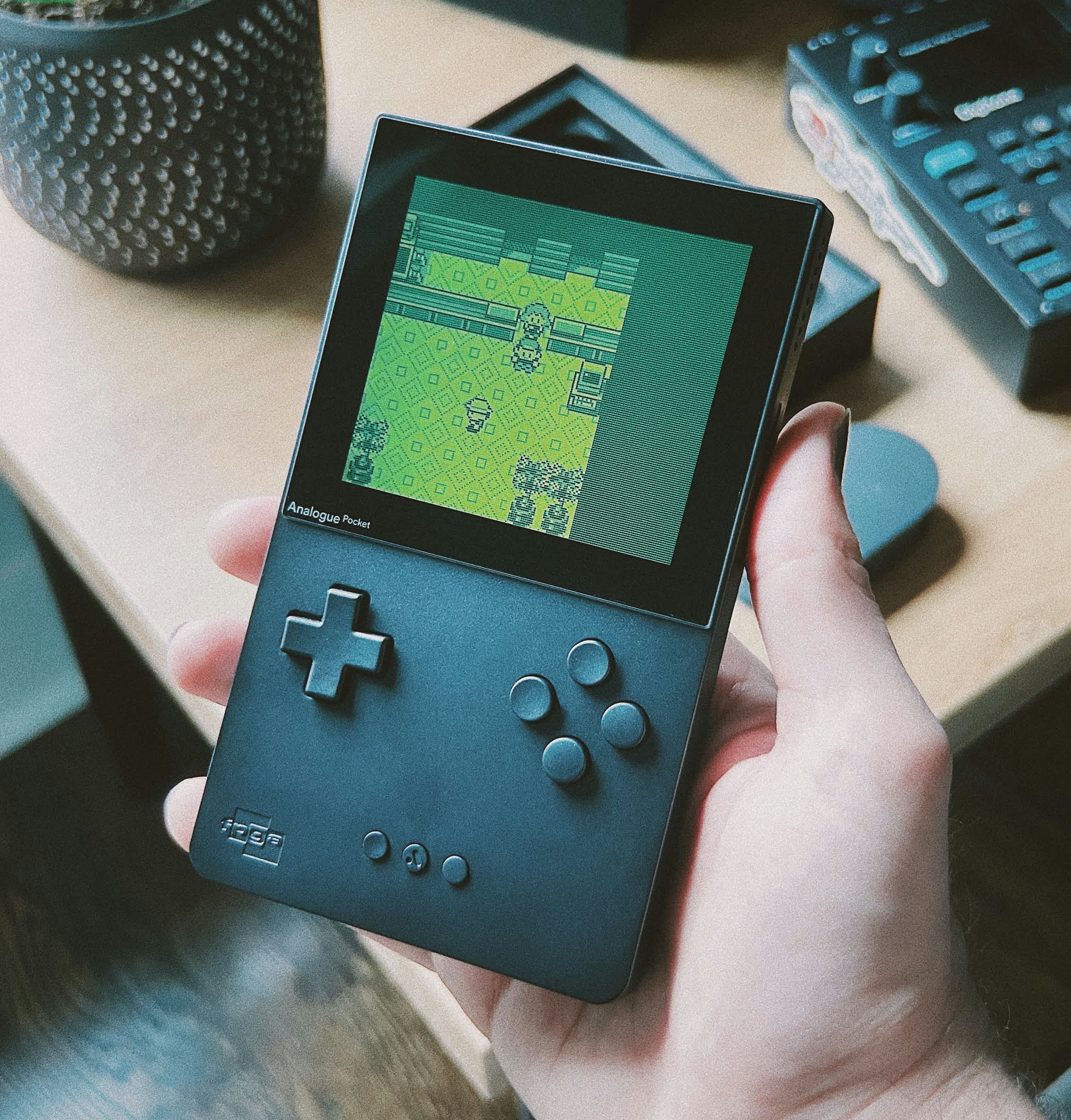
It often goes out of stock on the official website, but you can subscribe to get notified when it's in stock. If you have many old cartridges, it's worth the $220 price.
